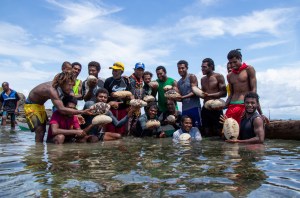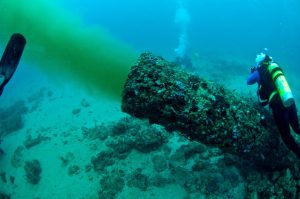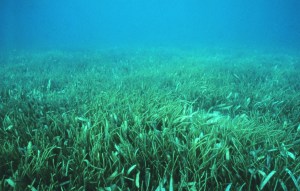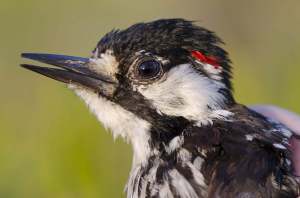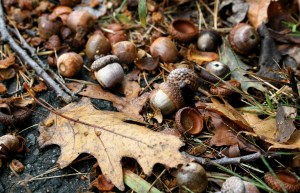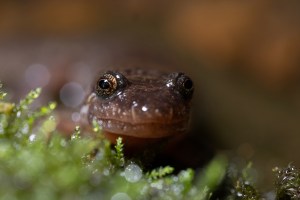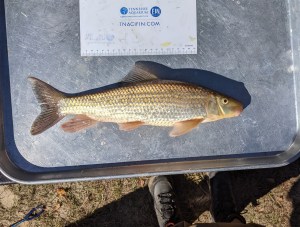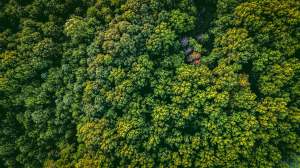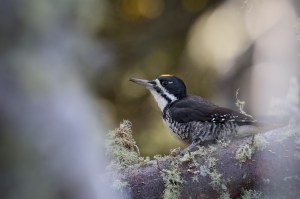Discover stories in Environments
Case Study: Sustainable Sea Cucumber Fisheries Offer Both Rewards & Challenges
Sustainable fisheries can be a win-win solutions for both conservation and local communities, especially in the Indo-Pacific. But establishing them comes with unique challenges.
Wastewater Pollution and the Fight for Coastal Resilience
Disover the urgent issues of wastewater pollution and how sustainable practices can help restore our vulnerable ecosystems.
Can We Turn Back the Tide on Wastewater Pollution?
Tampa Bay proves recovery is possible: decades of science and collaboration restored seagrass and water quality—offering lessons for coasts worldwide.
Grazing Lands as Climate Solutions: Key Practices for Carbon and Biodiversity
Study finds wetland restoration, pasture planting, and adjusted grazing can boost soil carbon and cut emissions—but more research is needed for lasting impact.
Family, Survival and Change: The Secret Life of the Red-cockaded Woodpecker
Lauren Pharr uncovers how family bonds and teamwork help red-cockaded woodpeckers thrive in longleaf pine forests, even as climate change reshapes their world.
The Mystery of the Mast Year
Scientists still aren’t sure why some populations of trees drop extraordinary quantities of nuts, fruits, or seeds every few years—or how they coordinate across vast ranges to do so.
Mangroves Slash Hurricane Damage in Florida by Billions
In Collier County alone, mangroves cut annual losses by $67M and prevented $4B in damages during Hurricane Ian.
Get Up Close With Alabama’s Rivers
Follow photographer Mac Stone as he explores the pitcher plant bogs, nesting bird islands, and floodplain forests for Alabama’s river ecosystems.
Meet the Apalachicola Redhorse, a Newly Recognized Fish Species
For more than 50 years, the Apalachicola redhorse was a fish with no name. Learn more about this newly recognized species of sucker.
Forest Carbon Projects May Help More Than We Thought—New Study Finds Leakage Often Overestimated
New findings challenge current carbon market accounting practices and advocate for more nuanced, carbon-specific leakage estimates to ensure integrity and unlock greater investment in Climate Smart Forestry as a natural climate solution.
Searching for Black-backed Woodpeckers After the Burn
Learn the fascinating life history of the unusual, elusive black-backed woodpecker.
The Swift Fox Makes a Surprise Comeback
New research shows North America’s smallest canine might be more adaptable than anyone previously thought.
